In this special #coachbetter episode, we’re sharing another episode in our bonus series about emergency school closures due to COVID-19. As requested in our last call, today’s conversation features Heads of School and school leaders from around Asia, Europe, and the Middle East to get a school leader perspective on these ongoing closures. We had school leaders in all different stages of the closure process: 6 weeks closed, 2 weeks closed, and preparing to close. We talked about the key learnings school leaders have uncovered in their experiences and planning, as well as recommendations for schools currently preparing to close. Listen to the previous episodes to see where this all started.
Approaches to Long-Term School Closures with Coaches Panel [Bonus 5]
Emergency School Closures Due to COVID 19 [Bonus 8]
Subscribe to #coachbetter via your favorite Podcast Player!
Featured Guests
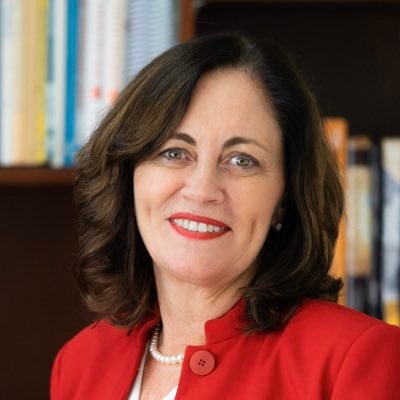
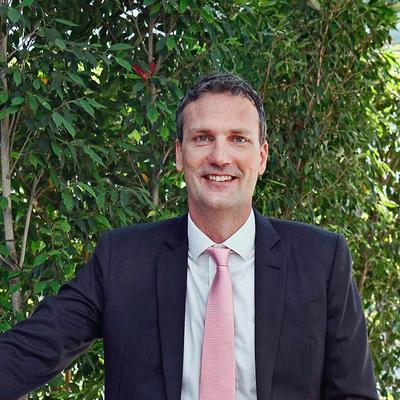
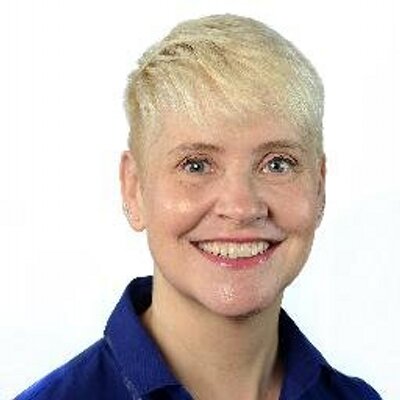
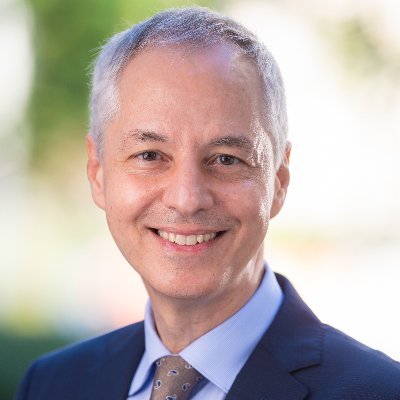
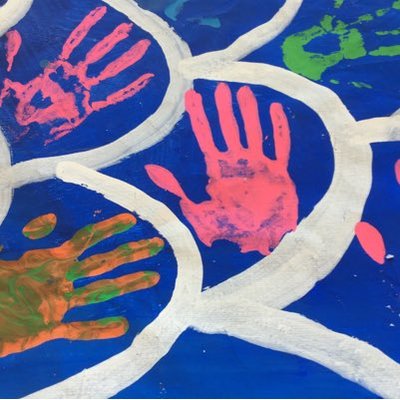
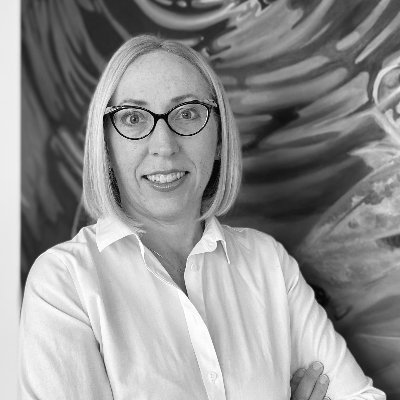

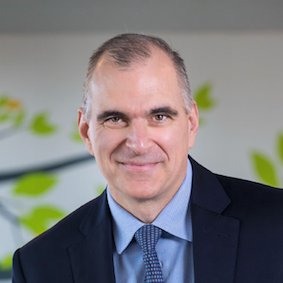
Bonus! Watch the Spotlight Version on YouTube!
Show Notes
How can schools prepare for an extended school closure? Including: decision making (deciding how to decide), how to gather information, reality testing, and managing fluid environments
Catriona: In VT, schools didn’t resume after the Tet Holiday (government decision). Monday morning planning, virtual school on the Monday afternoon. Government has been very clear about what’s allowed and what’s not (advantage). Disadvantage: Happened suddenly. Think long term and plan accordingly. You get in the mindset of thinking long term.
Liz: Distinguish between school closure and campus closure. School is alive and well and functioning. All the things that go into being a school is still there. It’s only that the campus is closed. Learning is continuing, school is moving from a physical campus to online. Play around with the tools we would use with teachers – using it during meetings in a lighthearted way, so that when we went to use the tools with students, it went smoothly.
Beth: Positioning the same: campus closure rather than school closure.
James D: 2 days that were trial closures, students stayed at home. Fire drill where everyone knows what’s coming. Like a practice round. During the online portion of school, it’s not going to look the same. Preparing people that we’re going to adapt and learn throughout this process. The better we can get at from learning what works, amplify that, and dampen what doesn’t work. Set people up for the fact that it’s going to be dynamic, so everyone knows it’s going to be a changing environment
Charlotte: Two days of virtual school in Sept due to the haze. Feedback from ES, MS, HS teachers and MS & HS students, anecdotal parent feedback across the board. Expectations needed to be more clear, have a planning day or planning time, engagement tools that teachers don’t always use in class were successful in a virtual environment.
Catriona: Audit what you have. Start with the tools that you have at your disposal, that students, parents and teachers are familiar with. Start with the known and then upskill teachers.
Christina: Emergency in 2016, had plans in place for a short closure, not a long closure. Revisited virtual school procedures in early 2019. Virtual PL: set up in a model of what a virtual lesson might look like, with a menu of about a dozen different instructional videos & teachers moved through it independently in their classroom. The feedback was phenomenal. Followed with 3 different days of simulations of closure (face-to-face at school).
What did you have in place already that worked well? And what did you need to upskill quick?
Christina: We’ve had platforms in place for many years now: Office 365, ES on seesaw
James: Have had time to practice. Tools in place in all the schools. Everyone knows how to use GClassroom, Teams, Seesaw. Synchronized vs asynchronous. Mindshift: thinking that we need to replicate a timetable. Trying to get an even approach across the staff to view elearning as an opportunity to do something different.
Christina: Both synchronous and asynchronous, 8 class periods happen over 2 days. Making accommodations for families who left. Expectation that there is some instruction and connection happening in real time.
Beth: Planning for something similar, have to work within German labour law. Anticipating that if we did close, everyone will be within Dresden. Secondary would be synchronous and Primary would asynchronous: concerned about access to devices and how families would manage that at home.
Rami: Still operating, 80-100 emails a day from parents requesting school closure. If the school were to close, what can the counselors / teachers / finance / HR / operations do? That perspective raised questions in terms of our readiness
Catriona: Content, Connection, Communication: Using PTA parents as a touchstone for how parent community is feeling. Yesterday met with PTA about community concerns. They weren’t worried about the academic content, they were worried about connection to other students and other teachers. Wellbeing and wellness is where our parents greatest concerns are. Having a way for every student to connect to an adult or to each other. Proving to be the greatest challenge.
James D: Stakeholder view: what are the implications on all of these people. Decision-making in uncertain fluid situations means we won’t know all the details. If you don’t have all the information, you don’t get into the detail, you go to the conceptual elements. Being able to lead a community through decision-making in uncertain times.
Liz: Differentiating the goals. The learning that happens online will be different than what happens F2F. Staying true to the concept, but tackling it from a different way taking in mind the platforms we’re using. Released some stress for teachers in thinking about how to plan for using. Continued using platforms we’re comfortable with (GSuite). Discovered that timing and pacing needed to be adjusted. What is a reasonable learning session for an 11 year, 16 year old, 18 year old. Learning session: engaging with stimulus material, processing it, producing something with it.
James: What week 1 looks like is different than what week 5 looks like. What works on Week 1, may have diminishing returns over time. Other closures were very sudden and emotional: more on maslow’s hierarchy “are we safe” – this is more of a slow roll, have had fair warning, have been able to get ready. More stressful over the long term, no closure, people are looking for connection over content.
Rami: Had to cancel IASIS events, music, dance, debates and forensics have happened virtually. Not the same, but better than not offering.
Catriona: HS “SSIS Idol” – students organized virtually. Students can really help us get our heads around this, very much their world. More comfortable in a virtual world. Can call upon them and harness their opinions. Speak to people, listen, seek feedback, this is a community challenge.
Rami: For schools who are not yet closed, to stay open manage safety on campus. Crisis response team. Informing staff that they need to quarantine if they have been in contact with people from countries that are level 3.
Christina: What does the calendar look like for the rest of the year? Does it impact when we end?
James D: Reminder, teachers are human. Asking teachers to maintain their professionalism and teach students. Struggling with personal issues (travel, etc). I know that we’re all thinking about these things on a personal level, and the school will do what they can to support you. We’re going to keep people safe, do what’s right in terms of slowing transmission. Even if we can’t solve it, communicating that we’re understand and we’re thinking about it.
Liz: Thinking about all of the stakeholders, what internal structures do we have in place & what external guidelines are we following (Kanagawa prefecture, CDC, etc). Identifying the source of information and the process of using that information has been helpful.
Catriona: Communicating so much that after a couple of weeks, we miss hearing from you in person, started doing videos – feedback was very reassuring & they can hear your voice in additional to hearing what you have to say, even admitting that it was out of my comfort zone was helpful.
Liz: Virtual morning briefings, lot of laughter, because the rest of the day they might be alone.
Beth: Model what we’re trying to do, model those ways of communicating with people and connecting with people. We’re watching from afar in Europe, but it’s spreading rapidly, take a lot of comfort that there are colleagues going through the thing. It feels like we’re on the right path, and that connection right.
Be sure to check out our Remote Learning during COVID-19 Resource Page – it has a wealth of resources on it already and we’re adding to it regularly.
Level Up Your Coaching with The Coach!
If you are ready to dive deep into your coaching practice, to help you #coachbetter and build a thriving coaching culture in your school, please join us for our next cohort of The Coach!
Wherever you are in building a coaching culture in your school, The Coach will give you the strategies, skills and tools you need to make coaching a success and will empower you to confidently apply instructional coaching strategies in any situation – from building a coaching program, to having coaching conversations, to being a leader in your school community. We facilitate only one cohort each academic year so we can offer individualized support for each participant.
Coaches of all levels are welcome: you’ll start the program with a self-assessment to determine exactly what the next steps are for you!
Registration for our next global cohort opens once a year – check the website for details!
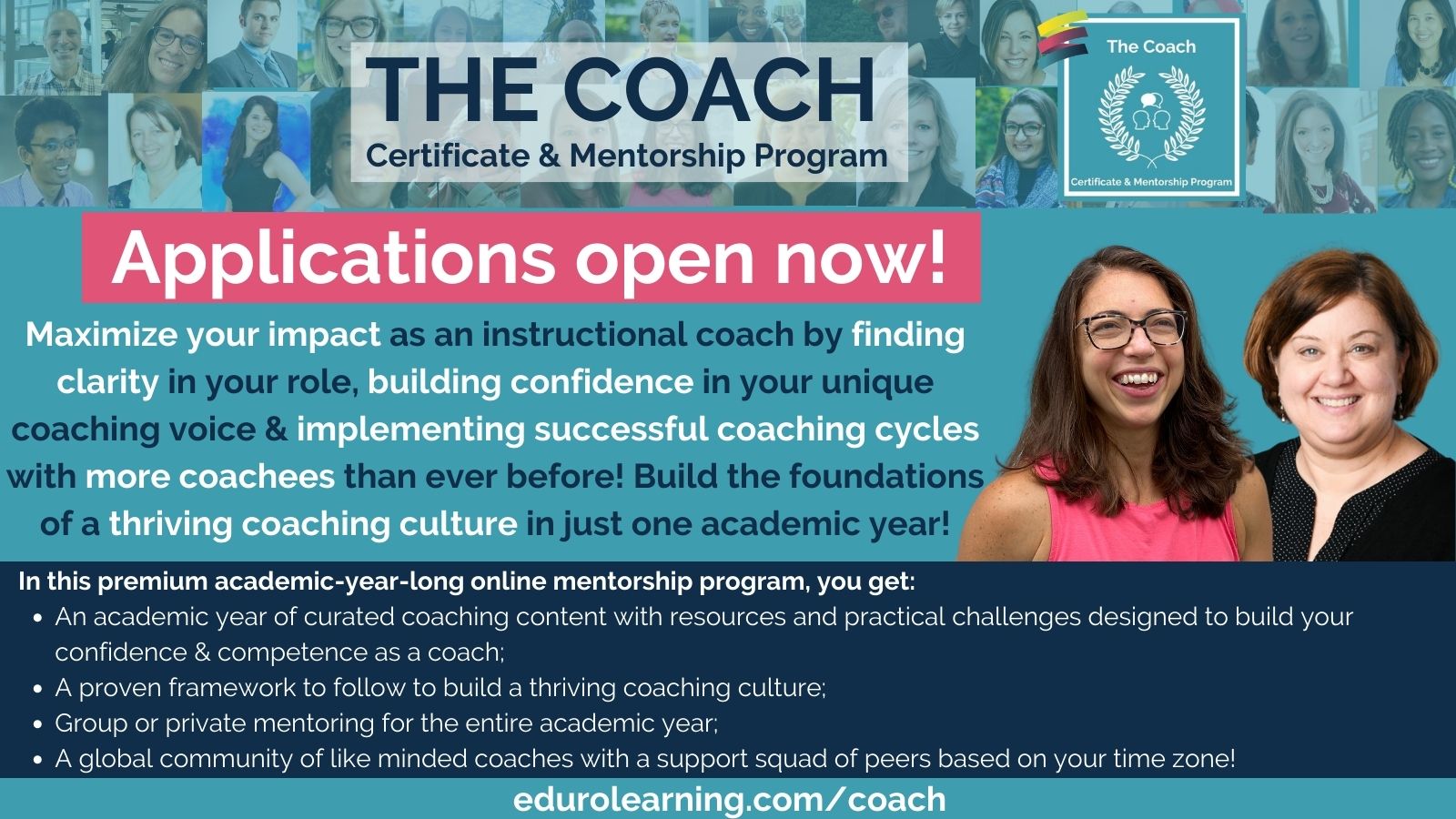





Recent Comments